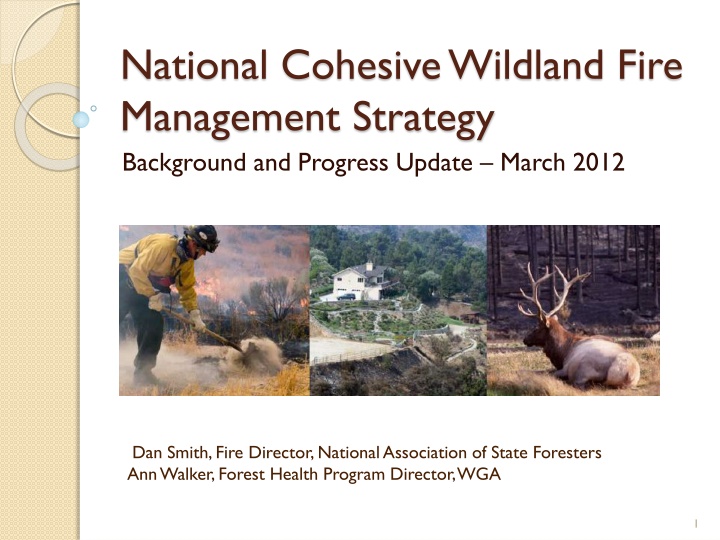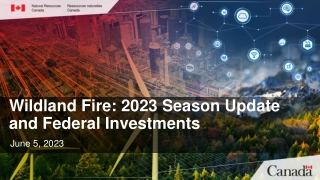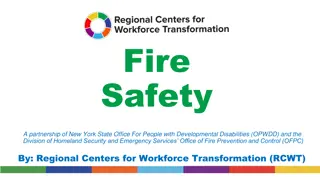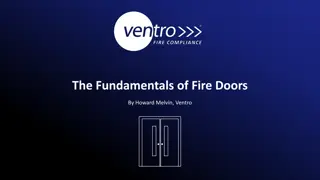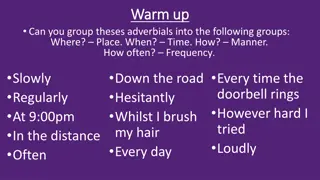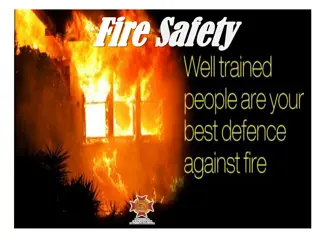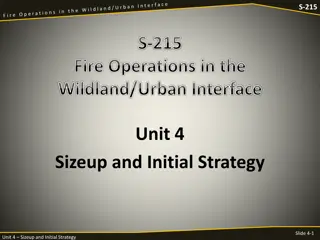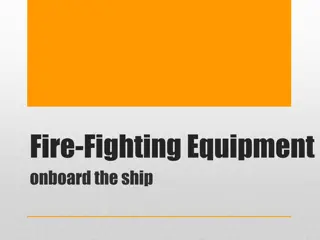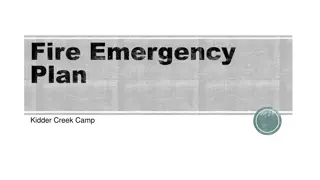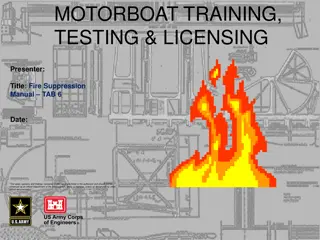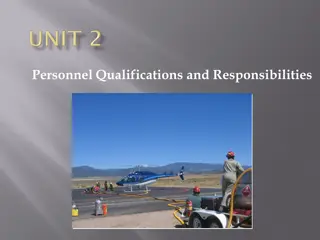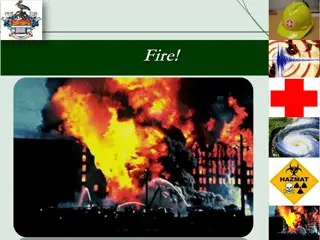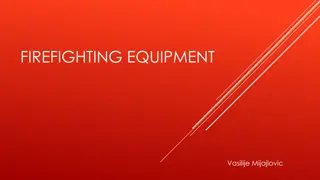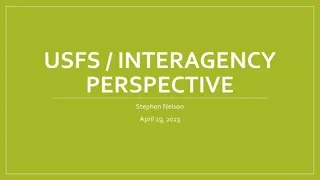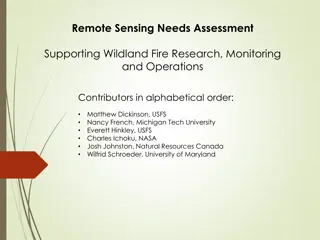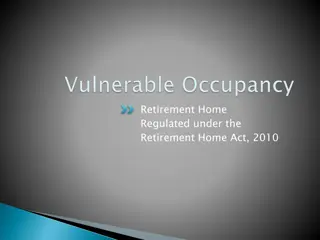Cohesive Wildland Fire Management: National Strategy Overview
The Cohesive Wildland Fire Management Strategy is a national collaborative approach to addressing wildland fire across all lands and jurisdictions. Developed with input from various stakeholders, it aims to effectively manage the increasing risks to communities and firefighters. Learn about its background, importance, governance structure, vision, and principles.
Download Presentation

Please find below an Image/Link to download the presentation.
The content on the website is provided AS IS for your information and personal use only. It may not be sold, licensed, or shared on other websites without obtaining consent from the author.If you encounter any issues during the download, it is possible that the publisher has removed the file from their server.
You are allowed to download the files provided on this website for personal or commercial use, subject to the condition that they are used lawfully. All files are the property of their respective owners.
The content on the website is provided AS IS for your information and personal use only. It may not be sold, licensed, or shared on other websites without obtaining consent from the author.
E N D
Presentation Transcript
National Cohesive Wildland Fire Management Strategy Background and Progress Update March 2012 Dan Smith, Fire Director, National Association of State Foresters Ann Walker, Forest Health Program Director, WGA 1
What is the Cohesive Strategy? A national, collaborative approach to addressing wildland fire across all lands and jurisdictions Developed with input from wildland fire organizations, land managers and policy- making officials representing all levels of governmental and non-governmental organizations 2
Why is it Important? Wildland fire management is complex and involves a wide range of stakeholders Risks to communities and firefighters are increasing Effectively addressing these issues requires a united, comprehensive effort 3
Background 2009 FLAME Act: Directs Departments of Agriculture and the Interior to develop Cohesive Wildfire Management Strategy Government Accountability Office (GAO) recommendations: Articulate potential approaches Estimate costs of each approach Describe trade-offs associated with each approach 4
Wildland Fire Leadership Council (WFLC) WFLC provides oversight and governs the Cohesive Strategy effort Intergovernmental committee of federal, state, tribal, county and municipal government officials Wildland Fire Executive Council Delegation from WFLC for completion of FLAME Act tasks & Cohesive Strategy Cohesive Strategy Subcommittee 5
Vision Safely and effectively extinguish fire, when needed, use fire where allowable; manage our natural resources; and as nation, live with wildland fire. 7
Cohesive Strategy Principles Engages stakeholders, managers, and scientists Based on best available science Emphasis on partnerships and collaboration Balances long-term goals and near-term outcomes Approach needs to be a from-the-ground up effort 8
National Goals: Restore and Maintain Landscapes: Landscapes across all jurisdictions are resilient to fire-related disturbances in accordance with management objectives. Fire-adapted Communities: Human populations and infrastructure can withstand a wildfire without loss of life and property. Wildfire Response: All jurisdictions participate in making and implementing safe, effective, efficient risk-based wildfire management decisions. 9
A Phased Approach Phase I (finalized March, 2011) National Cohesive Wildland Fire Management Strategy Phase II (In review April, 2012) Development of Regional Strategies and Assessments Phase III (current February, 2013) Regional & National Risk Analyses Regional & National Action Plans (National Trade- Off Analysis and Implementation) 10
Phase I National Strategy Fourteen forums were held nationwide Building upon previous reports: Call to Action; Mutual Expectations; Missions Report; 10-Year Comprehensive Strategy; 2009 QFR Developed foundational documents: A Pathway Toward a National Cohesive Wildfire Management Strategy Report to Congress: The Federal Land Assistance, Management and Enhancement Act of 2009 11
Regions Three regions have been identified for Phase II and III by WFLC Northeast Southeast West 12
Phase II National Report developed from the three Regional Assessments Implement a collaborative planning process and analytical protocol Regions identify for themselves alternative management strategies Regionally determined alternative strategies will be utilized in Phase III 13
Phase III Identify Specific Regional Alternatives Continue and Expand Outreach within and among the Regions, utilizing the Communications Framework Continue to identify immediate opportunities Complete Regional & National Science-based Risk Analysis Reports Complete Regional and National Action Plans Risk analyses will inform a national strategy to mitigate wildland fire risks to communities and landscapes. 14
Phase III Public Outreach Regional & National Action Plans (Earlier referenced as the National Trade-Off Analysis &Implementation) Risk analyses will inform a national strategy to mitigate wildland fire risks to communities and landscapes. Implement National Cohesive Strategy 15
National Science and Analysis Team Leadership & Representation: Danny Lee Team Lead (USFS) Tom Quigley Contractor (USFS) Cheryl Renner WGA delegate Keith Smith NASF Jim Smith The Nature Conservancy 16
Information & Resources WGA Cohesive Strategy Workshop WFLC Support document Web podcasts: NASF, WGA, & IAFC Cohesive Strategy updates available at: www.forestsandrangelands.gov Dan Smith Ann Walker desmith@blm.gov awalker@westgov.org 17
Questions 18
